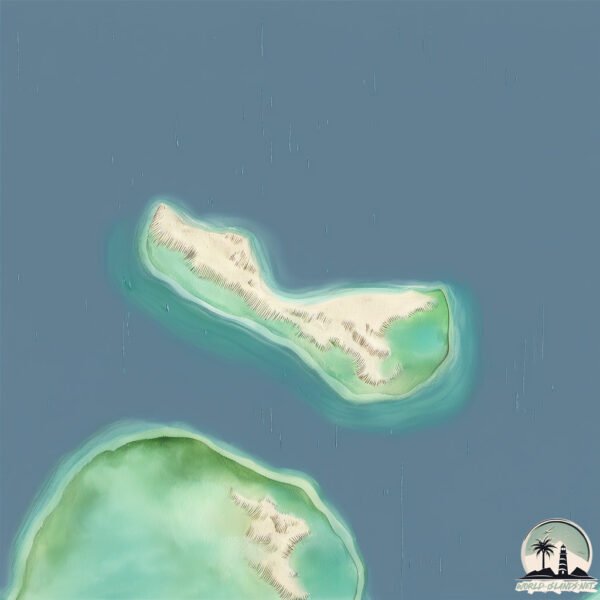Mabog

Welcome to Mabog, a Tropical island in the South China Sea, part of the majestic Pacific Ocean. This guide offers a comprehensive overview of what makes Mabog unique – from its geography and climate to its population, infrastructure, and beyond. Dive into the details:
- Geography and Size: Explore the island’s size and location.
- Climate and Weather: Weather patterns and temperature.
- Topography and Nature: Uncover the natural wonders of the island.
- Infrastructure and Travelling: Insights on reaching, staying, and making the most of your visit.
- News and Headlines: Latest News.
Geography and size of Mabog
Size: 1.04 km²
Coastline: 5.6 km
Ocean: Pacific Ocean
Sea: South China Sea
Continent: Asia
Mabog is a Small Island spanning 1 km² with a coastline of 5.6 km.
Archipel: Malay Archipelago – The world’s largest archipelago, located between mainland Southeast Asia and Australia, known for its immense biodiversity and cultural diversity.
Tectonic Plate: Philippine Sea – An oceanic tectonic plate beneath the Philippine Sea, east of the Philippines. It’s involved in complex interactions with the surrounding Eurasian, Pacific, and Indo-Australian plates, leading to significant volcanic and seismic activity in the region.
The geographic heart of the island is pinpointed at these coordinates:
Latitude: 18.88306777 / Longitude: 121.26109944
Climate and weather of Mabog
Climate Zone: Tropical
Climate Details: Tropical Rainforest Climate
Temperature: Hot
Climate Characteristics: This climate is typified by heavy rainfall throughout the year, high humidity, and consistently high temperatures, leading to lush rainforests and rich biodiversity. Seasonal temperature variations are minimal.
Topography and nature of Mabog
Timezone: UTC+08:00
Timezone places: Australia/Perth
Max. Elevation: 4 m
Mean Elevation: 3 m
Vegetation: Evergreen Needleleaf Forest
Tree Coverage: 46%
The mean elevation is 3 m. The highest elevation on the island reaches approximately 4 meters above sea level. The island is characterized by Plains: Flat, low-lying lands characterized by a maximum elevation of up to 200 meters. On islands, plains are typically coastal lowlands or central flat areas.
Dominating Vegetation: Evergreen Needleleaf Forest
Dominated by evergreen coniferous trees such as pines and firs, which retain their needle-like leaves throughout the year. These forests are often found in cooler climates. Mabog has a tree cover of 46 %.
Vegetation: 3 vegetation zones – Moderately Diverse Island
These islands start to show a broader range of ecological niches. With three vegetation zones, they may offer a mix of ecosystems like coastal areas, inland woods, and perhaps a distinct wetland or dry area. This diversity supports a wider range of flora and fauna, making these islands more ecologically complex than those with minimal diversity.
Infrastructure and Travelling to Mabog
Does the island have a public airport? no.
There is no public and scheduled airport on Mabog. The nearest airport is Cagayan North International Airport, located 94 km away.
Does the island have a major port? no.
There are no major ports on Mabog. The closest major port is CLAVERIA, approximately 35 km away.
The mean population of Mabog is 18 per km². Mabog is Gently Populated. The island belongs to Philippines.
Continuing your journey, Fuga is the next notable island, situated merely km away.
Magic stone make my dream come true to Mabag Island in Philipines



Philippines is classified as Emerging region: G20: Group of Twenty – Major economies comprising both developed and emerging countries, representing the world’s largest economies. The level of income is Lower middle income.
News – Latest Updates and Headlines from Mabog
Stay informed with the most recent news and important headlines from Mabog. Here’s a roundup of the latest developments.
Please note: The data used here has been primarily extracted from satellite readings. Deviations from exact values may occur, particularly regarding the height of elevations and population density. Land area and coastline measurements refer to average values at mean high tide.
